
Pollen and pet dander can trigger allergies, but do you know about the lesser-known habits and household elements that could be making your allergies worse at home?
For instance, did you know that poorly fitted bedding can increase your exposure to pet dander and dust as you sleep? Or that a neglected humidifier can harbor mold?
Learning how to combat common allergies in the home, especially the ones secretly making your allergies worse will help you properly allergy-proof your living environment. Our panel of allergists and cleaners reveals what to watch out for and how to alleviate each problem.
8 things making your allergies worse at home
1. Dust mites
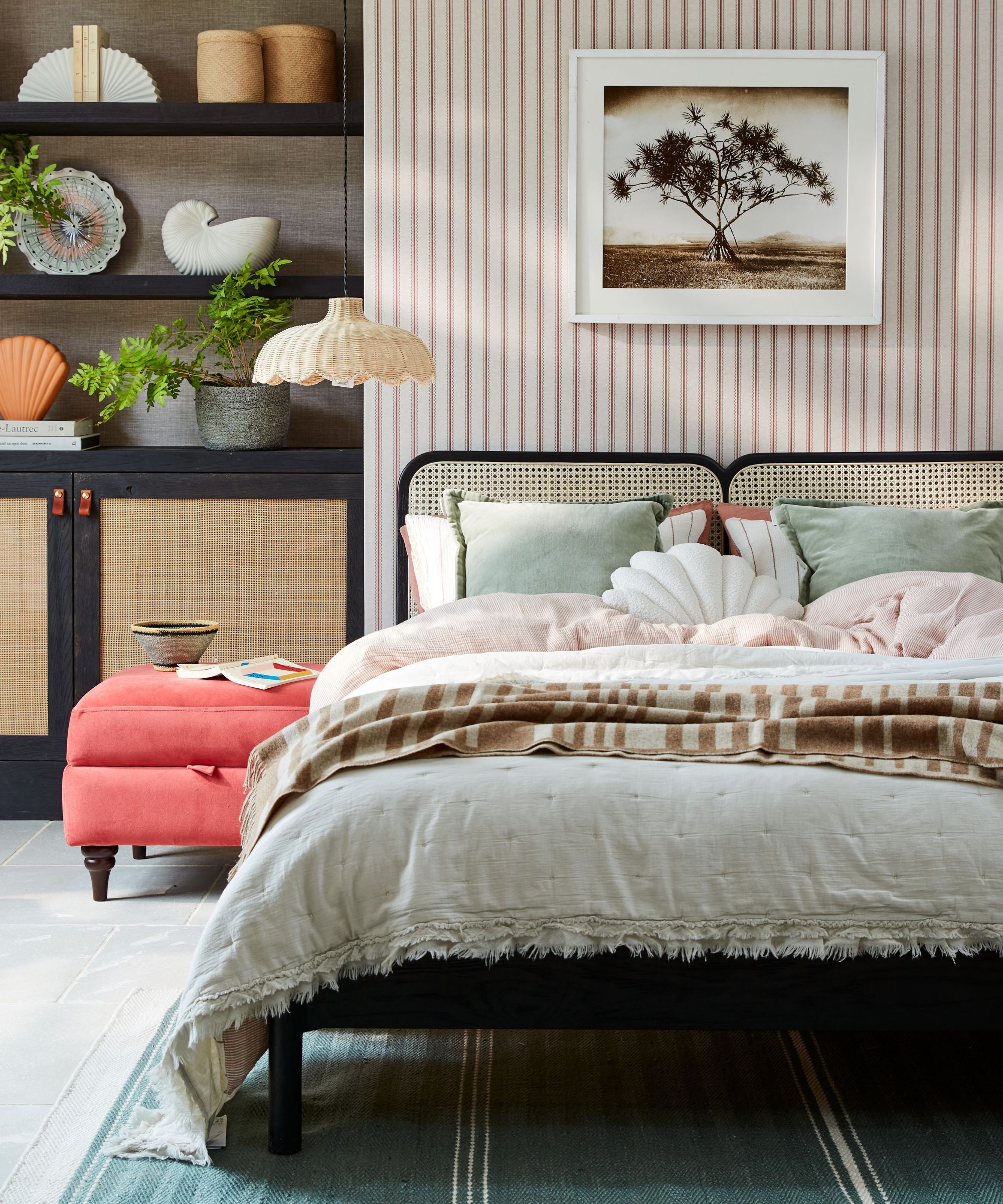
From shelves and indoor plants to light fixtures and window treatments – no matter how often we clean and polish, dust tends to accumulate everywhere.
But, contrary to what you might have thought, it's not dust itself that triggers various allergies – it's dust mites that can cause the skin rashes and respiratory issues.
'Dust mites are microscopic living organisms that live in pillows, box springs, mattresses, carpets, stuffed animals and upholstery,' explains Dr. Purvi Parikh, who is an allergist and immunologist at Allergy & Asthma Network. ‘Dust is just a mix of allergens such as dander, dead human skin cells, dust mites. I bring this up as often people are surprised they aren’t the same thing.’
Of course, learning how to remove dust from your home can help improve your indoor air quality. But learning how to get rid of dust mites can help you ease allergies and reduce your exposure to these pesky bugs once and for all.
Dr. Parikh says dust mite covers such as these five-star rated Guardmax Waterproof and Breathable Pillow Protector with Zipper from Target can help to 'create a barrier' between these insect-like pests and your body, nose, and airways.
The expert also recommends washing your sheets in hot water frequently. You should also ditch any other bad habits that are making your bed unsanitary and vacuum your mattress to help reduce any bacteria and dust mites present.
Don't forget to clean any cuddly toys. Research by Mattress Next Day recently found that cuddly toys can be up to 650 times dirtier than a bin lid.
2. Neglected dehumidifiers

The best dehumidifiers and humidifiers help manage a home's moisture levels, with the ideal humidity year-round being between 30-50%. However, ‘There could be mold growing in humidifiers if not cleaned properly,’ Dr Parikh notes.
Therefore, keeping your humidifier clean is key if you want to keep your machine functioning as it should, and your home allergen-free. The good news is that learning how to clean a humidifier is easy and there are many eco-friendly ways to do so with lemon juice, baking soda and water.
If you're running a dehumidifier, make sure to close external doors and windows to reduce the strain on the device.
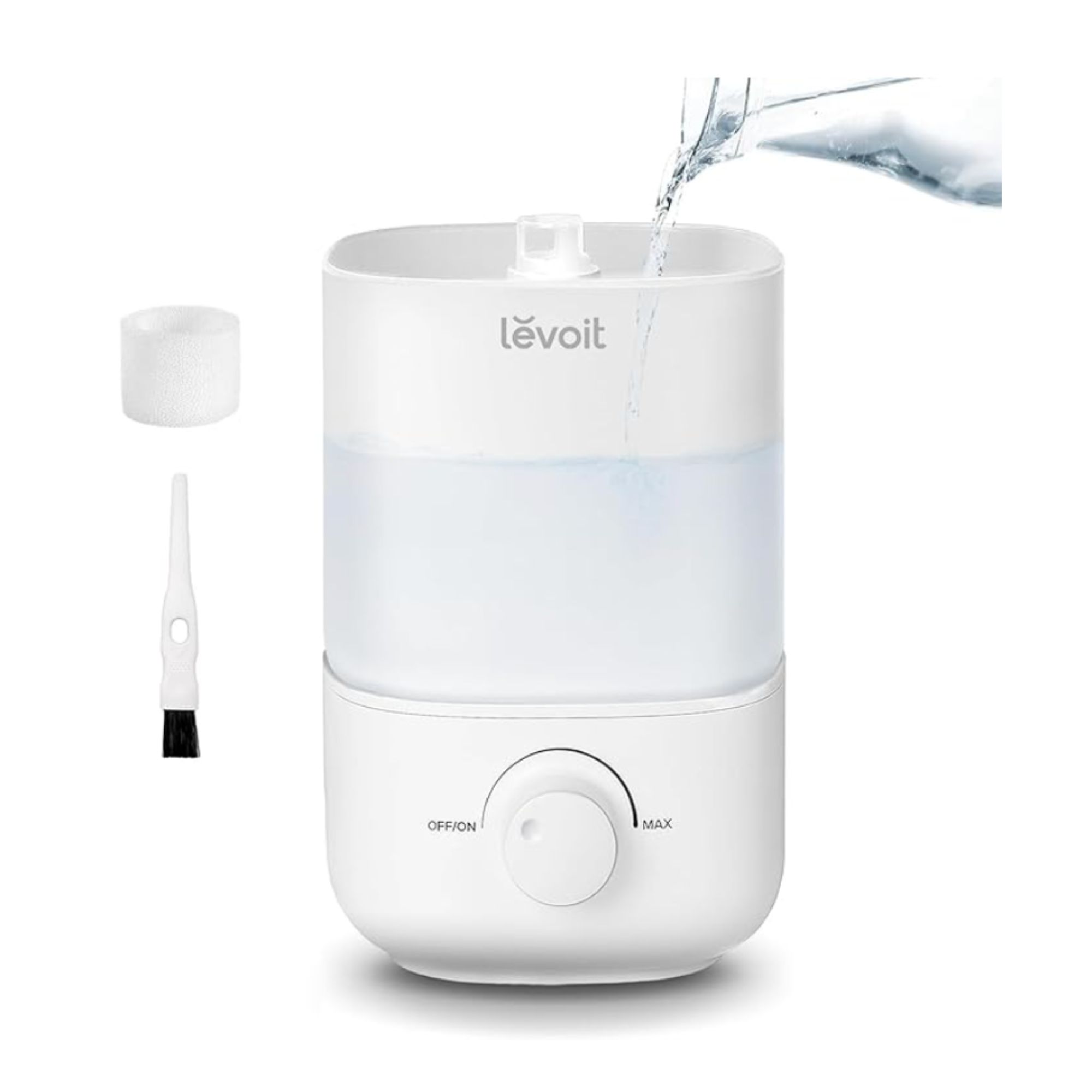
If you're yet to invest in a humidifier for your sleep space, this affordable option from Levoit is worth a look. Easy to fill and even easier to clean, this 2.5 liter capacity is BPA-free and runs at just a super-quiet 26 dB.
3. Poorly fitting bedding
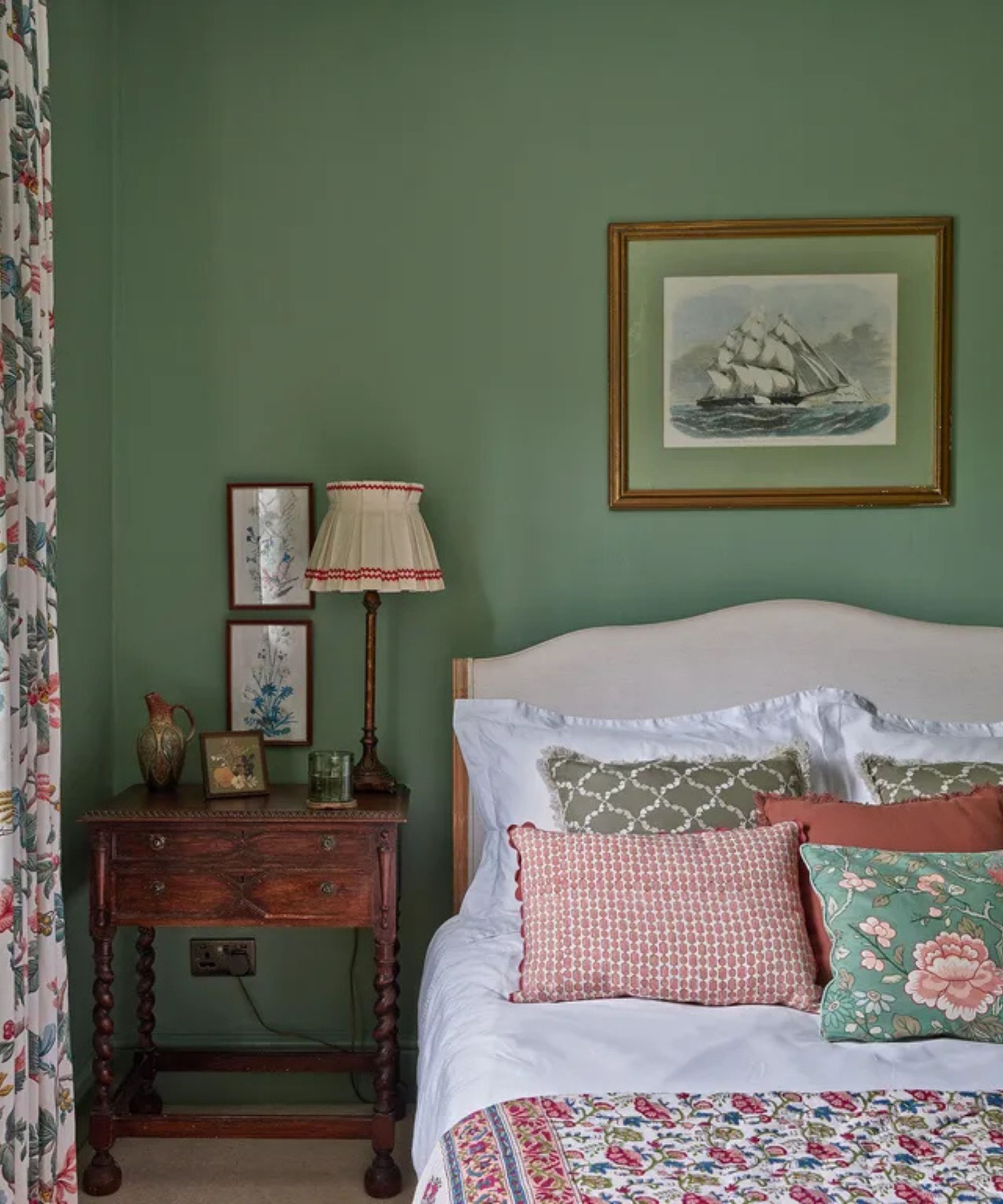
Not only does having the correct size bedding make your bedroom look aesthetically pleasing, but it can help keep it sanitized and free from opportunistic allergens.
‘If your sheets or duvet covers are too big or don’t fit snugly, they can drag on the floor, picking up dust, pet dander, and allergens,’ Karina Toner explains, operations manager at Spekless. ‘This creates an endless cycle of exposure every time you sleep.’
Thankfully, there are several quick and easy ways to fix this. Karina says the first step would be to invest in the best bed sheets that are the right size for your mattress. Our bed sheet buying rules can help you figure it out if you're currently unsure.
The second is switching over to hypoallergenic bedding that fully encases your mattress and pillows to prevent allergen buildup. The the third is learning how to wash bed sheets properly – and doing so weekly – to eliminate dust mites. If you sweat a lot or are a hot sleeper, you may need to wash them more frequently.
On high pollen days, keep your bedroom windows closed to avoid a surge in pollen being blown in.
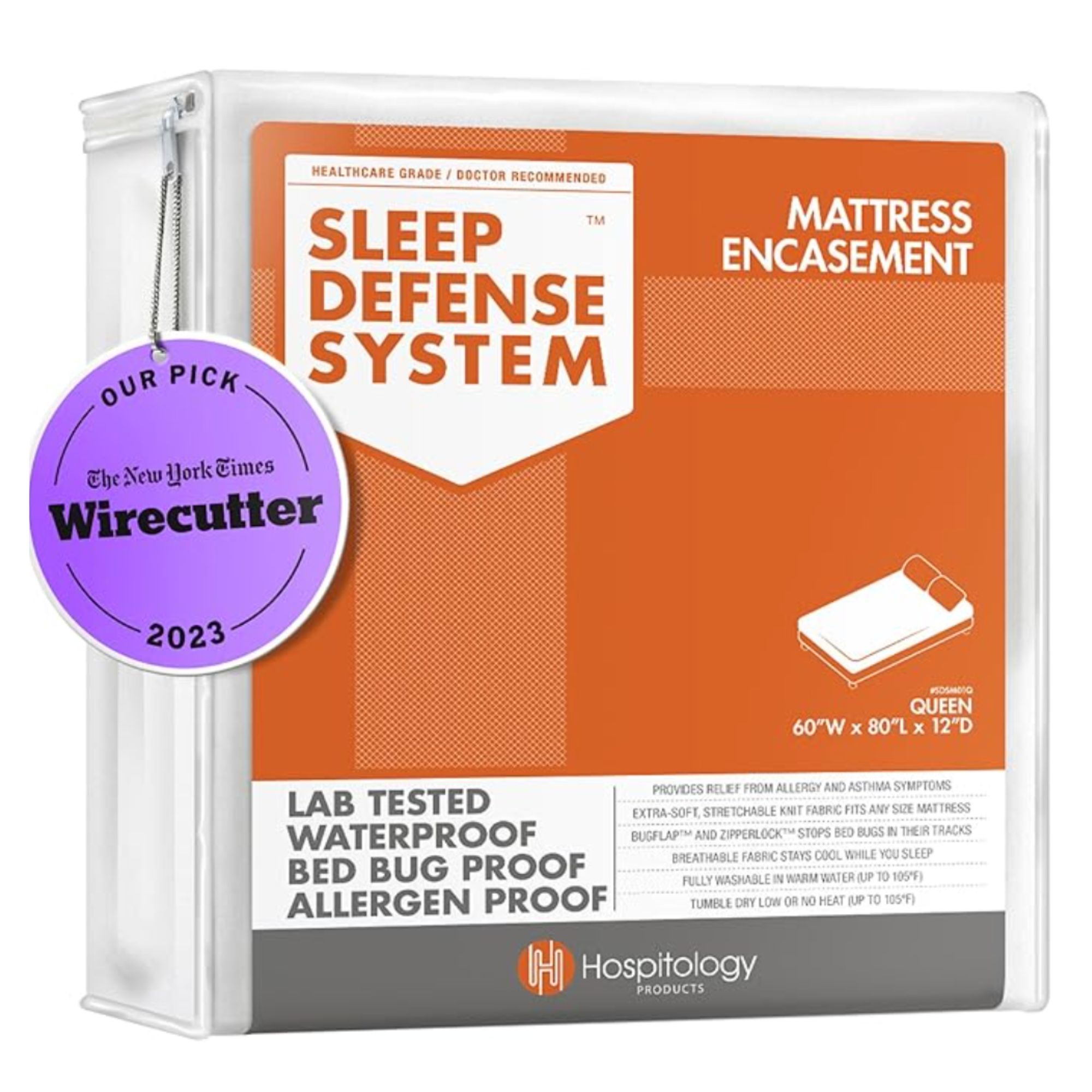
‘This provides a protective barrier against dust mites and allergens,’ says Karina. Available in a variety of sizes, from Queen and California King to Twin and Full, there’s an option for all.
4. Neglecting soft surfaces
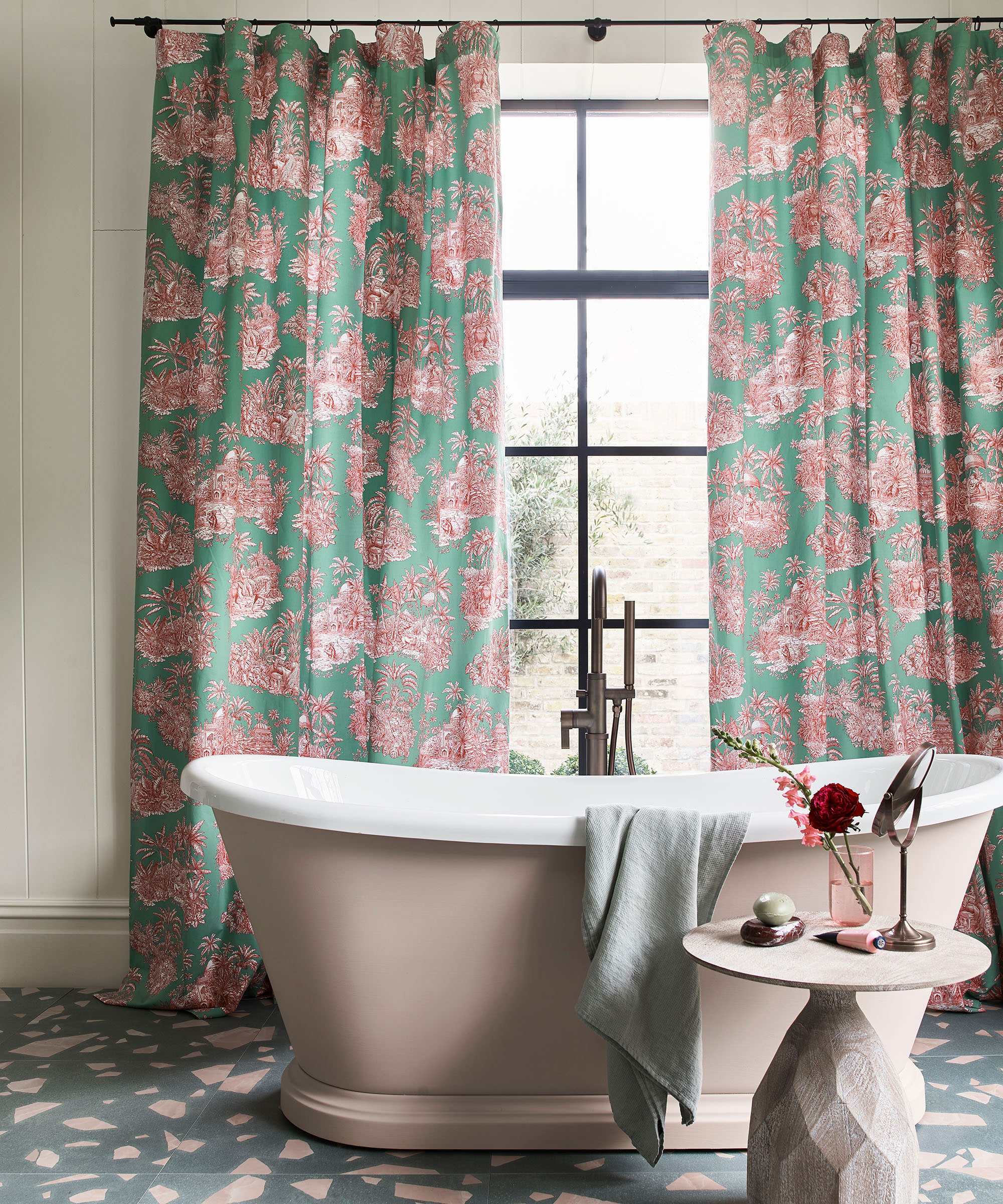
It's not just our carpets that allergens get trapped in. 'Upholstered furniture, curtains, and rugs trap dust, pollen, and pet dander, becoming breeding grounds for allergens,’ Karina explains.
According to Karina, one way to prevent this from happening is to learn how to vacuum furniture without damaging upholstery, use one of the best HEPA-filter vacuum weekly, and learn how to wash curtains and drapes the right way.
‘Steam cleaning carpets and area rugs regularly can also help,’ the expert says.
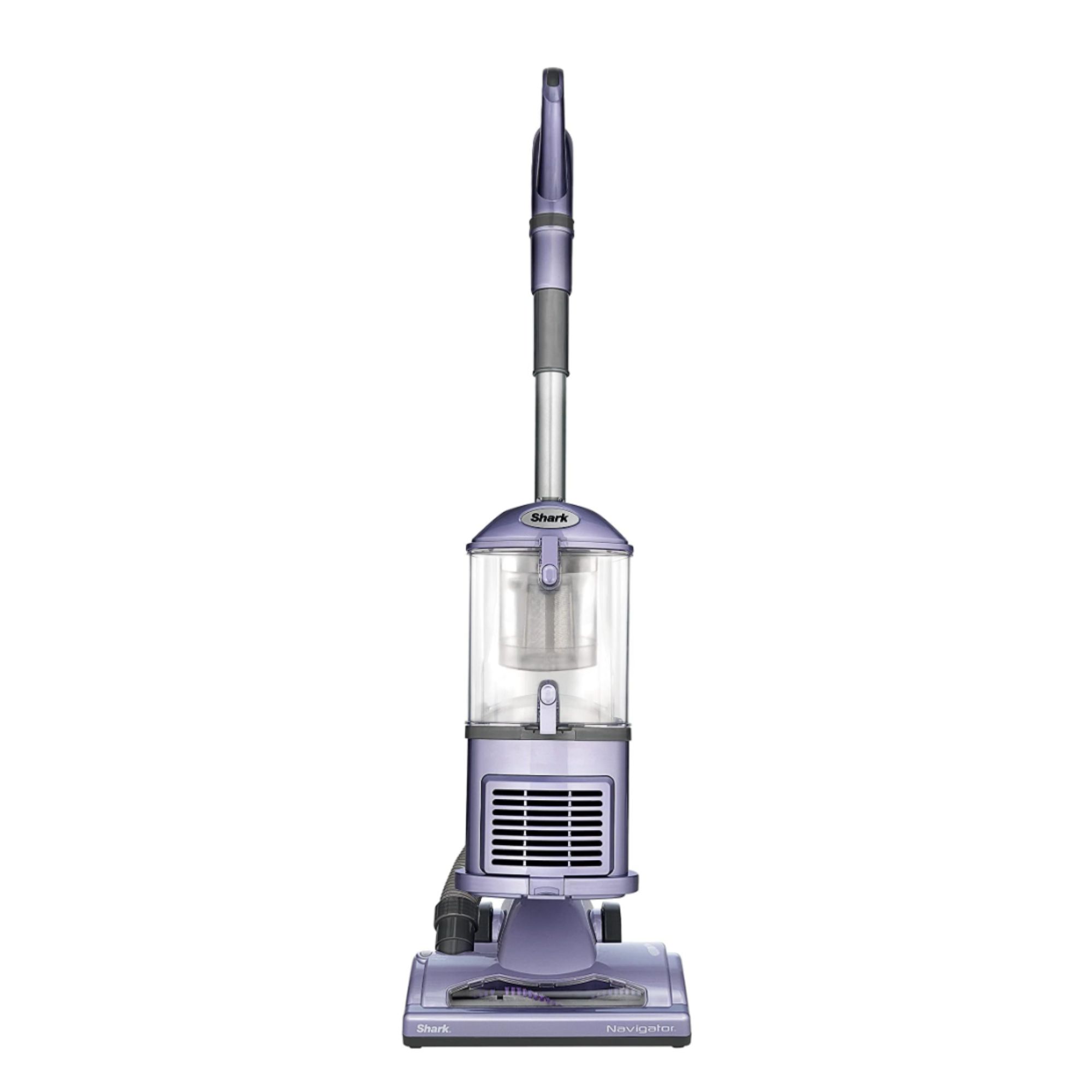
‘This captures allergens and prevents them from recirculating in the air,’ Karina says. It's all thanks to its clever HEPA filter that traps allergens inside the vacuum cleaner and doesn't blow tiny allergenic particles back out into the air when cleaning.
5. Indoor plants
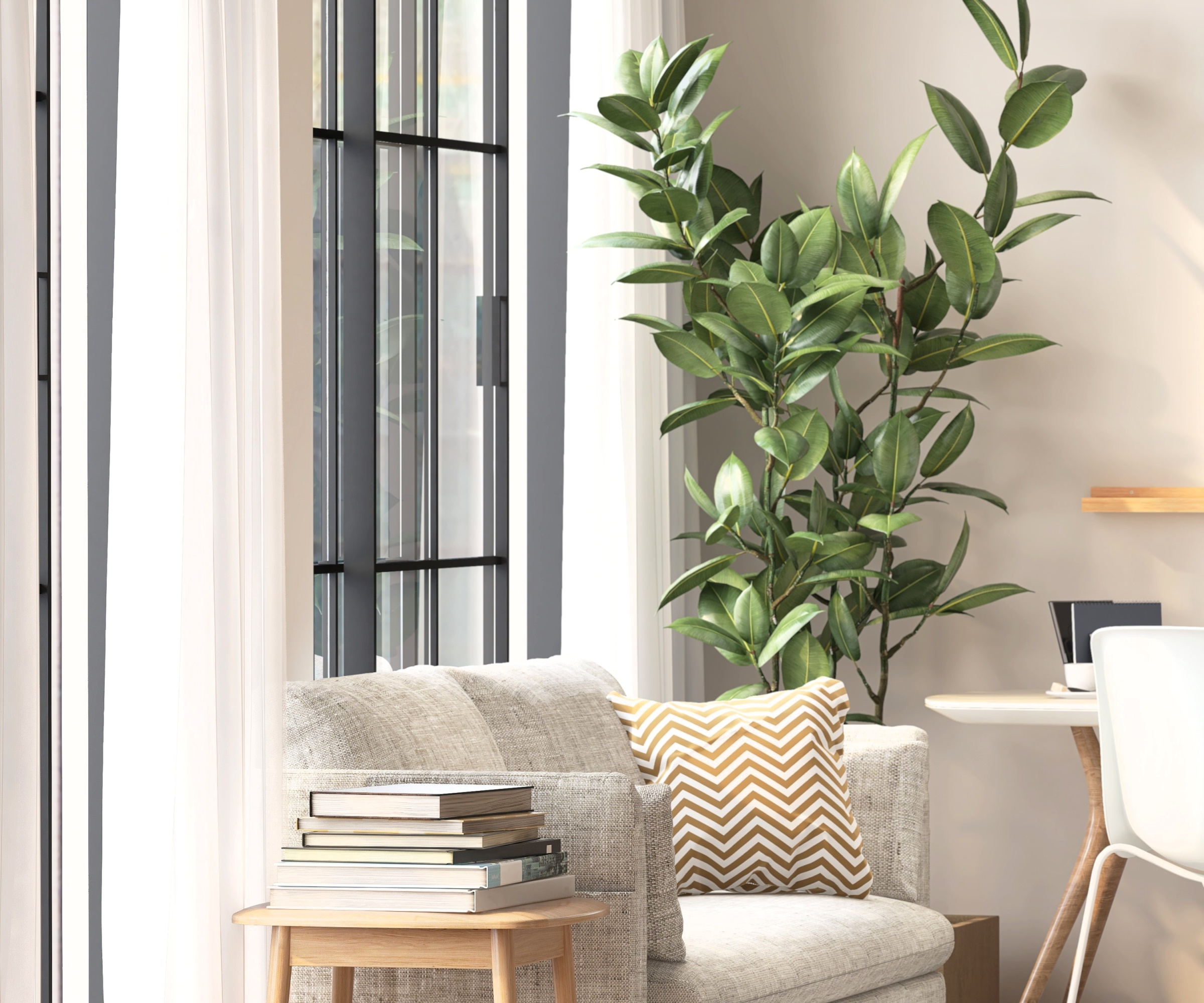
It’s no secret that indoor plants can make your living room smell nice, help purify the air, and add some relaxing greenery to your space. Some houseplants can even help bring calm, freshness and relaxation for a peaceful night's slumber, like the best plants to help with sleep.
But at some point, you'll need to water your plants. And, as Karina explains, over-watering houseplants is one bad habit that increases the risk of mold in your home.
'Over-watered houseplants can develop mold in the soil, releasing spores that trigger allergies,' Karina explains. 'Certain plants also collect dust on their leaves.'
To prevent this, Karina says, ‘Use a moisture meter, avoid over-watering, wipe leaves regularly, and opt for plants that naturally purify the air, like snake plants or peace lilies.’
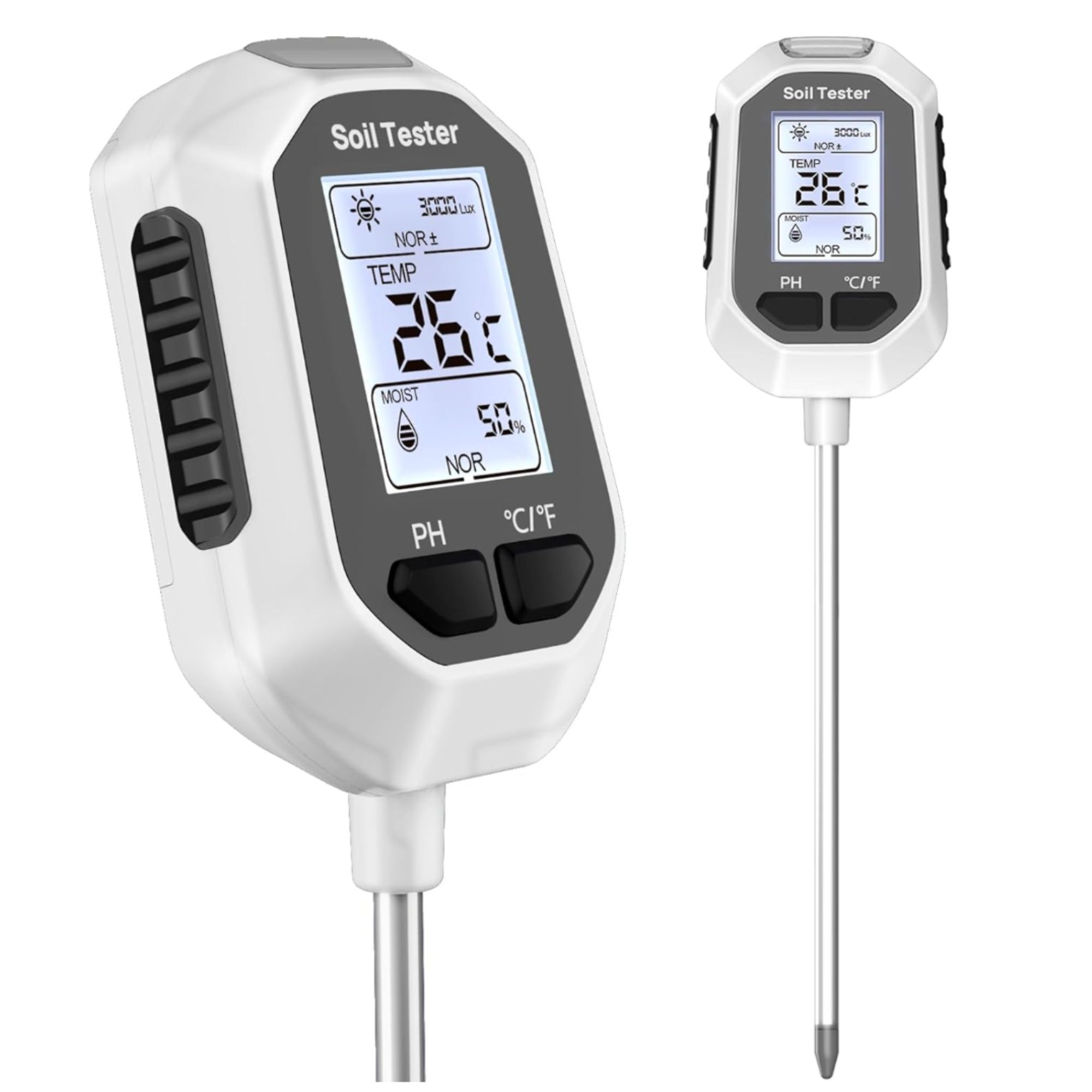
‘This prevents over watering and mold growth in houseplants,’ Karina says. This tester can measure soil moisture, pH, temperature, and sunlight, which will help you take better care of your plants and avoid mold growth in the soil.
6. Pillows
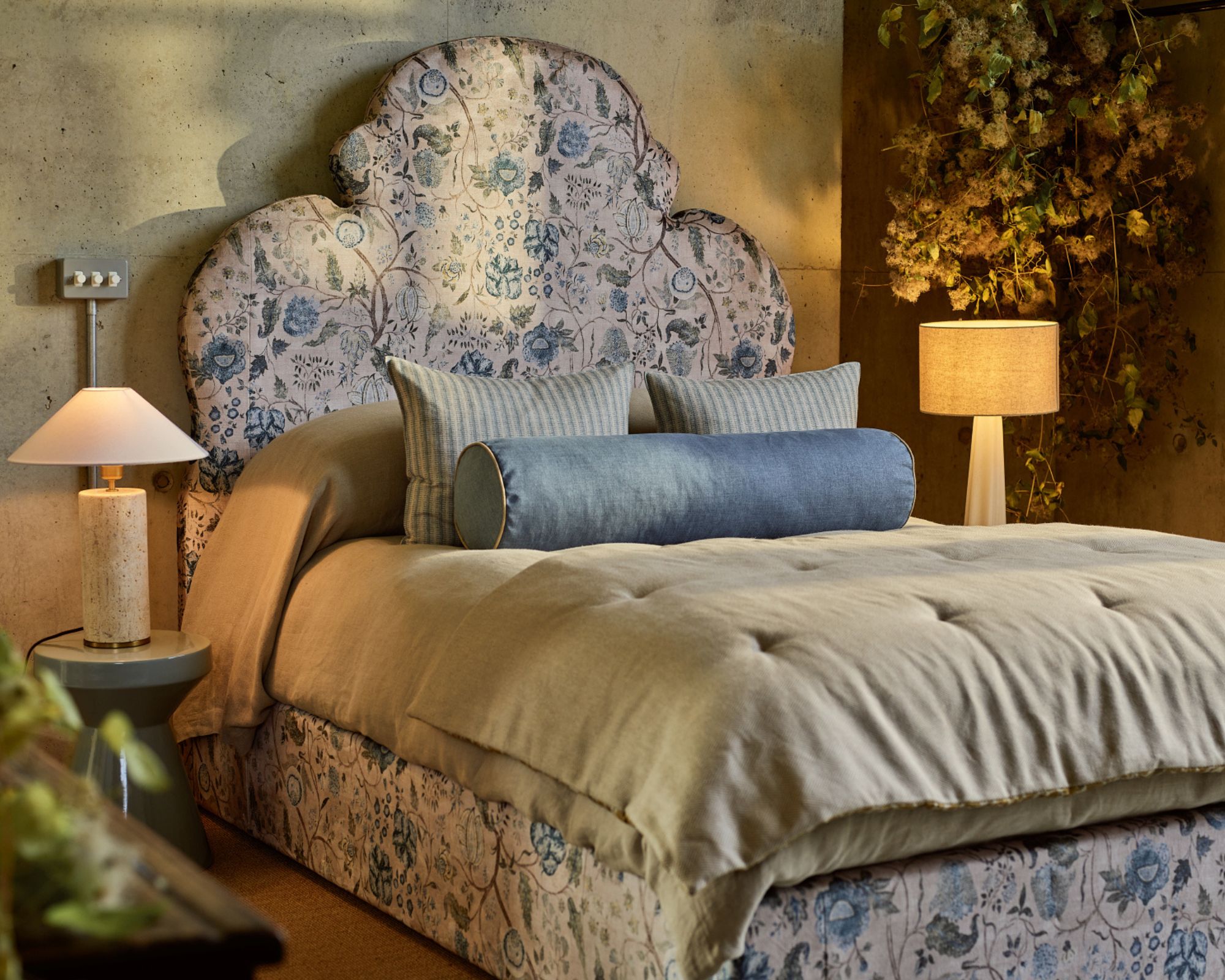
Ill-fitting sheets aren’t the only bed-based items that have the potential to cause allergies in your home. According to Kenneth Mendez, president and CEO of the Asthma and Allergy Foundation of America (AAFA, pillows are another factor to consider for secret allergens.
‘After two years, 10% of the weight of your pillow can be from dead dust mites and their droppings,' Kenneth explains. 'You can’t see them, but they are there. Pillows may also trap other common allergens such as pollen from your hair or clothes, and pet dander, as well as mold,' the expert adds. 'If you notice your allergy or asthma symptoms worsen at night, this may be because your pillow is hosting these common allergens.'
Therefore, a pillow is one bedroom item you need to replace more often. Other warning signs that it's time to replace your pillows include stains, odors and if they are feeling lumpy.
However, if you're looking for a new pillow or your current one is in good working order, Kenneth recommends investing in options that meet the AAFA’s Asthma & Allergy Friendly Certification standard – like SIJO AiryWeight Tencel Pillowcases, which are made from 100% Lyocell derived from Eucalyptus and available on Amazon for $45.. He says these 'can help reduce exposure to common allergens that become trapped in pillows.'
Kenneth also recommends following the AAFA’s Healthier Home Checklist which includes tips on wash bedding including sheets, pillowcases, blankets, duvets, comforters weekly in soapy, hot water (130°F) and drying on high heat.
Punteha van Terheyden, Head of Solved adds, 'I have two cats who like to sleep on my bed, which is south-facing and bathed in sunshine during the day. They usually sleep up near my pillow, so I either keep my bedroom door closed during the day, or pull a clean throw over the top section of the bed to avoid their pet hair and dander getting onto my clean pillow.'
7. Cockroaches
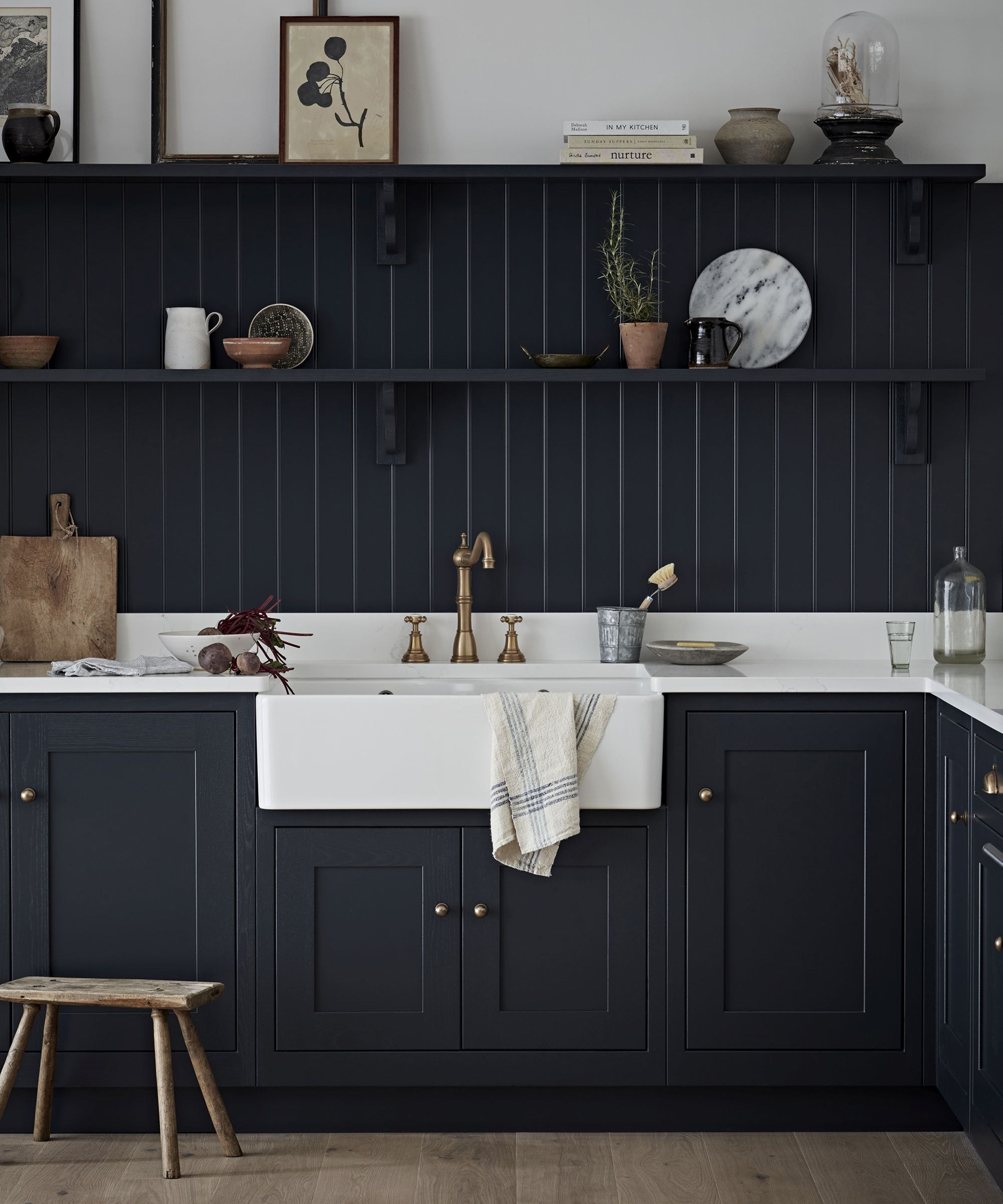
Along with being dirty and ick-inducing, pests such as cockroaches can cause allergy symptoms to spike in your home.
Explaining why cockroaches can cause allergies, Kenneth says, ‘Cockroaches contain a protein that is an allergen for many people. The body parts, saliva, and waste of cockroaches are allergens. Even dead cockroaches can cause allergic reactions.
'If you are allergic to cockroaches, you may notice sneezing, runny nose, and itchy, watery eyes if you are exposed to areas containing cockroaches or cockroach debris. Exposure to cockroach allergen may also trigger an asthma attack. ’
To reduce exposure to cockroach allergens, learn how to get rid of cockroaches from the kitchen properly. And unlike what you may have once thought, these dreaded pests don’t just congregate in dirty places. Therefore, there are a couple of things attracting roaches to your clean house and what you can change to stop it from happening.
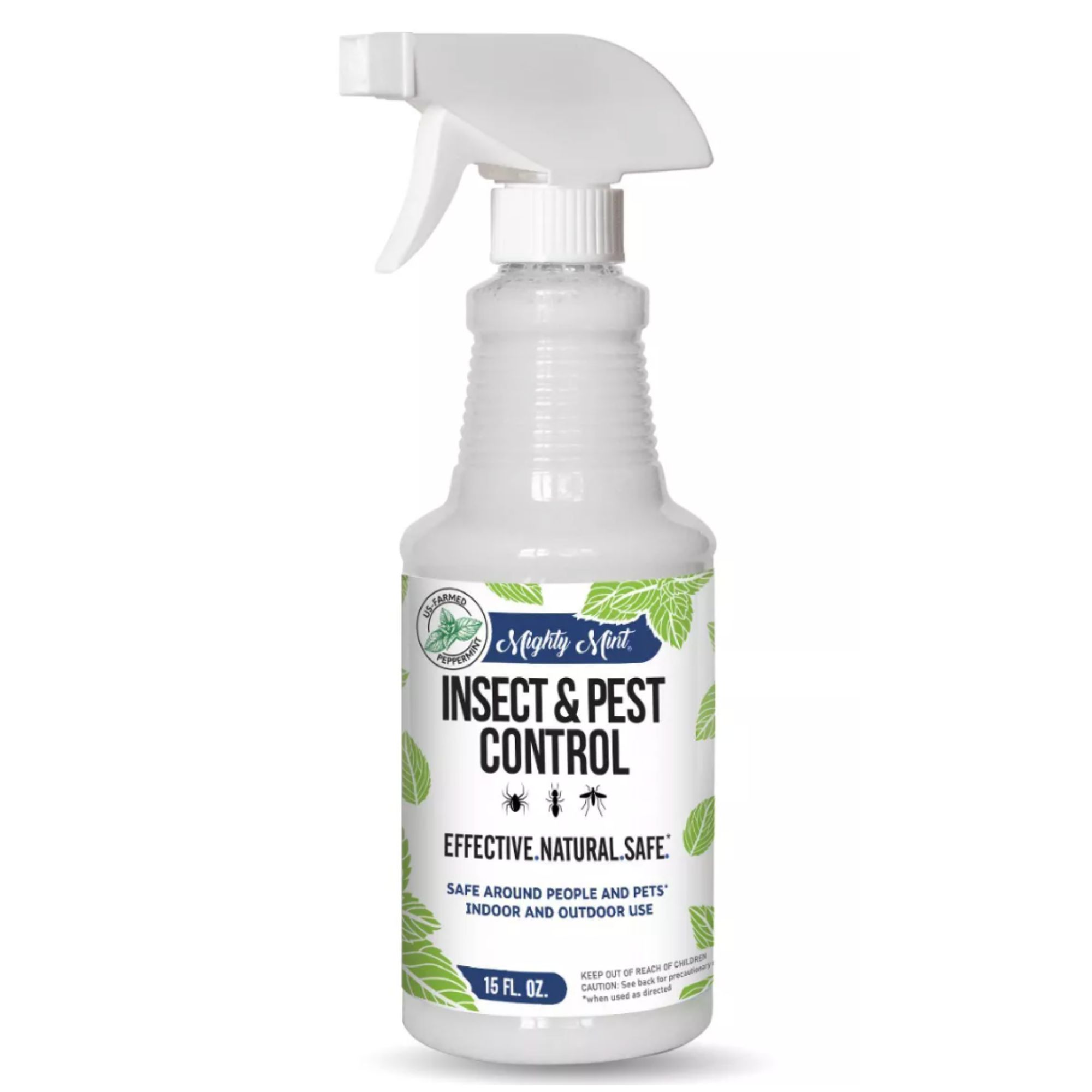
If you're trying natural remedies such as orange peel to deter pests, harness the natural pest-deterring power of essential oils with this Mighty Mint Insect Pest Control spray from Target. It's plant-based and suitable to be used in homes that have cats and dogs.
8. Volatile organic compounds
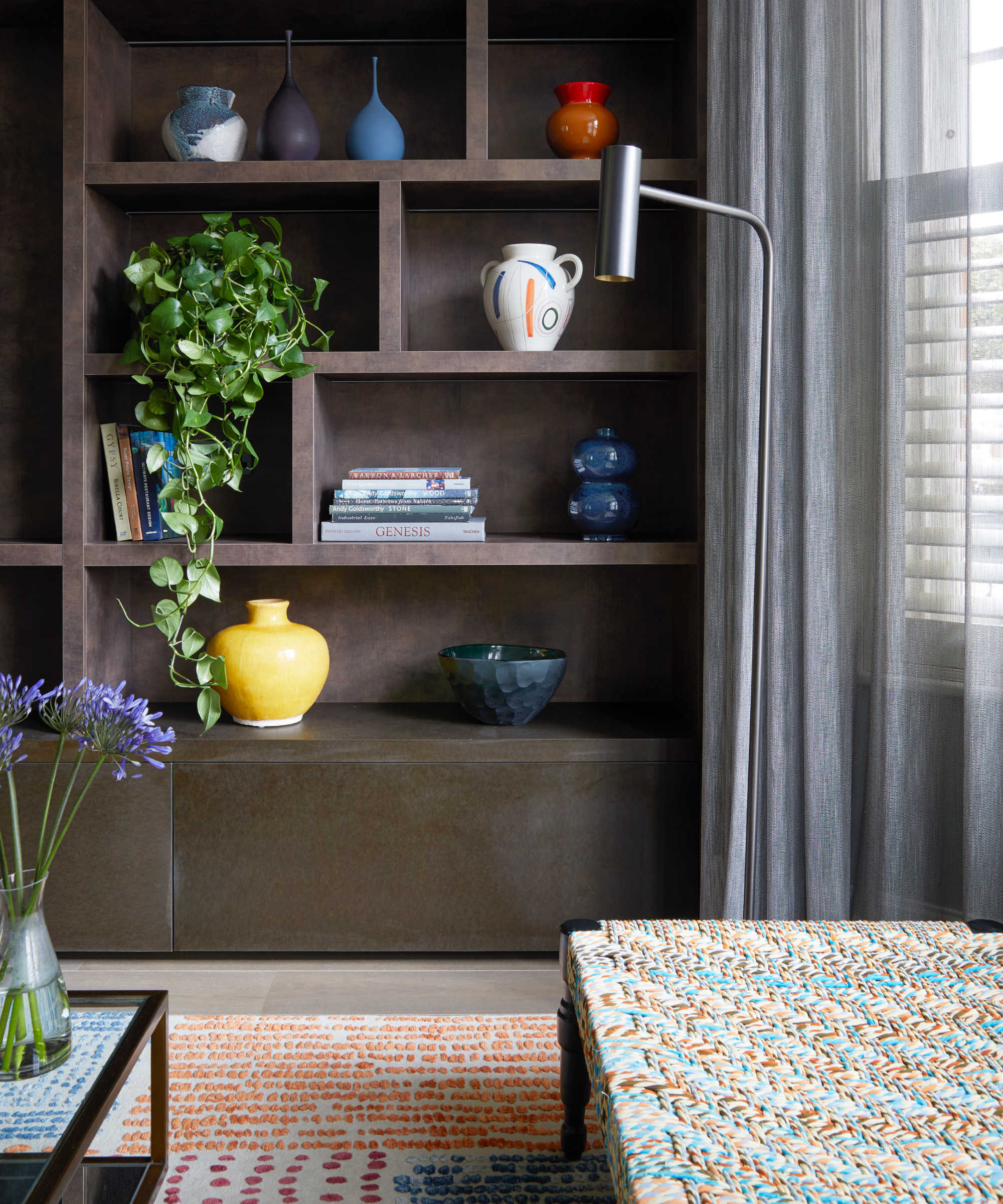
Products emitting volatile organic compounds (VOCs) – the element responsible for that 'off gassing' smell of some new household goods – could be another common factor that is polluting your air and secretly setting off your allergies.
'Surprising or uncommon allergens are volatile organic compounds that are emitted by paints, upholstery, air fresheners, solvents and thinners, wood preservatives, perfumes and cosmetics, cleaners, pesticides and wood stoves,' Dr. Parikh says.
The expert says new furniture, carpets and wood floors can also give off VOCs, adding, 'Candles and aroma diffusers can also give off allergens. They can cause irritation head to toe, of your eyes, skin, nose, throat, and lungs (triggering asthma attacks) as well as cause rashes,' the expert adds.
So, how do you fix this? ‘You need to eliminate them,’ Dr. Parikh says. ‘HEPA air purifiers can help too, but are not a permanent solution,' the expert adds.
Swapping out to some non-toxic home essentials will help.
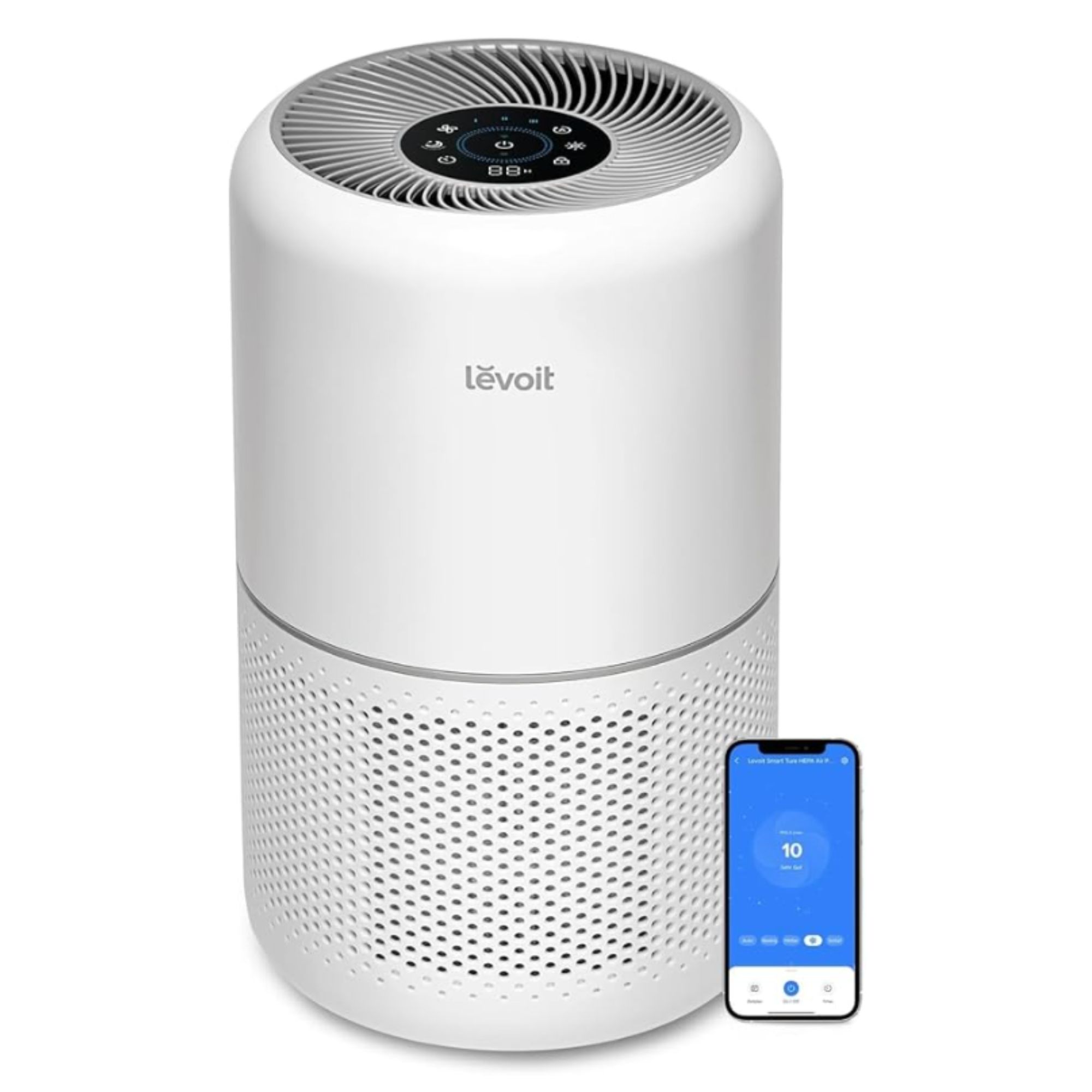
Featured in our guide to the best air purifiers, this clever home addition is perfect for bedrooms, living rooms, and offices, thanks to its efficient three-stage filter system. Its HEPA filter effectively removes pollen, pet dander, and other allergens, while an activated carbon filter absorbs smoke and odors.
Meet the experts
So there you have it, eight things secretly making your allergies at home, and what to do about each one.
If you're now wondering if any other harmful mistakes are lowering your home's air quality and compromising your health, delve into the surprisingly toxic items in your home – and what to replace them with.







